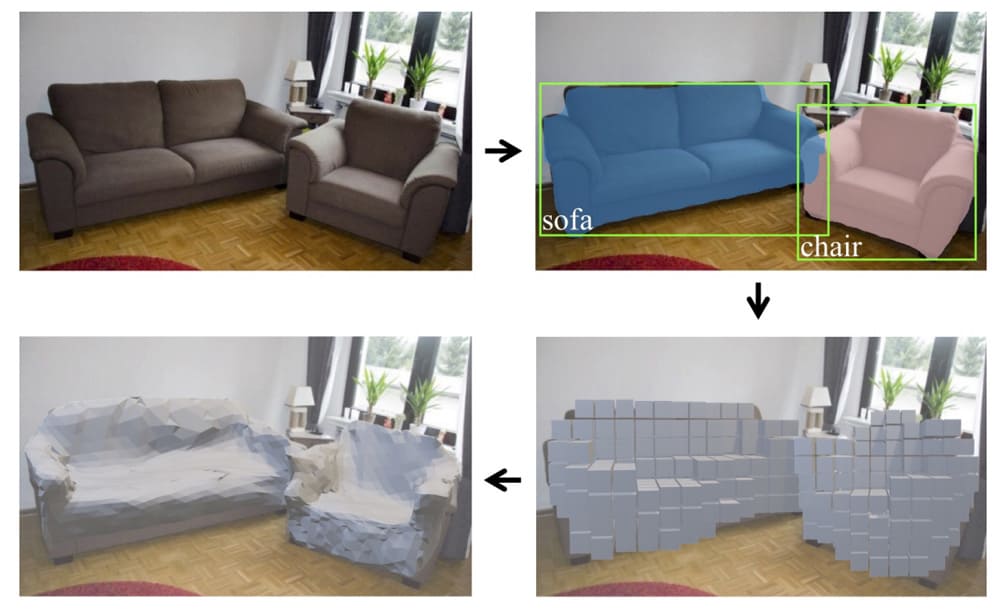Definition “IT Orchestration” What does orchestration mean?
For IT departments, the complexity of administration increases with the requirements of the company. Apps, services and servers have to be coordinated, which quickly encounters limits manually. Orchestration automates this process.
Orchestration should ensure that a meaningful composition is created from different systems and applications.
With increasing complexity, systems require more and more effort in order to still be managed. Computer systems, applications, servers and services must be coordinated in such a way that all stakeholders can work in a functioning system. However, due to the growing complexity, manual administration is hardly economical after a certain system size – and due to the increasing probability of errors with more human administrators and coordination, this hardly makes sense anymore.
Orchestration describes the process of automated management and coordination with the aim of efficiently implementing even complex tasks and processes.
Automation and Orchestration – Understanding the Key differences
There are reasons why a dedicated term for the automation of administration and coordination is used in IT jargon with orchestration. Automation is usually understood by software engineers as a process in which individual tasks are performed automatically. Essential in order to be able to work scalably and economically, but not appropriate to the complexity of managing multiple components.
Orchestration, on the other hand, describes the automatic execution of several linked workflows and processes that are coordinated across different systems and carried out in several stages. In particular, frequently performed workflows and processes require orchestration, but the automation of the individual sub-processes is a requirement for this.
The very concept of orchestration is not without reason reminiscent of its origins in music. In IT, too, orchestration is supposed to be an over-process in which a meaningful composition is created from various systems and applications. Examples of IT processes that benefit from orchestration are:
Why Orchestration is so Essential for Business Processes
Through orchestration, various already automated processes can be connected to each other. Especially in larger companies, isolated solutions for various systems such as networks, storage or databases are already being used. In each of these systems, the individual tasks are therefore largely automated.
But because business processes can only truly benefit from the advantages of an automation chain if the networks and connections between the systems are also automated, orchestration is necessary. Different environments must be combined with each other (locally or in the cloud) in order to fully exploit the speed and reliability of automation, even when coordinating complex processes.
Differences and demarcations from IT choreography
Orchestration and choreography describe similar processes in information technology, but differ in their point of view on the coordination of processes. The choreography describes the structured administration from the point of view of a system, while the orchestration keeps an eye on the entire system in its interaction. So it is important for database management that all systems arranged around are well choreographed.
However, the larger business process, which is superordinate to the database, requires orchestration with an all-round view of all systems, apps and services involved. Nevertheless, IT choreography also has its advantages, since choreography does not follow a centralized logic. Event-driven processing, for example, requires the independent cooperation of several separate systems without top-down management.
Common practical examples for orchestration
Orchestration of cloud services: With cloud orchestration, servers are provided and storage is distributed, networks are managed and virtual systems are created.
In practice, the orchestration of cloud services not only helps to accelerate IT processes, but can also simplify and make more economical the entire administration and project implementation in companies.
Container Orchestration: Container automation is about the processes behind the deployment of container-based software, such as the virtualization of operating systems. Orchestration is the right solution in this case, because the large number of containers and the complexity of the interfaces can hardly be monitored manually.
In addition, the orchestration of the containers has the advantage of simplifying the processes and making them more accessible to all stakeholders.
Orchestration of concept levels: Orchestrations can take place in both static and dynamic process environments. In these cases, it is orchestrated between business process modeling, process control, process description, service description and communication security.
Networking systems, simplifying processes
In modern day business, individual processes must be networked and coordinated in order to ensure an efficient process. Orchestration is one of the key components for managing local, virtual and supra-regional infrastructures and managing and coordinating their interaction. Because orchestration is automated, it is a higher-level form of system management that turns many individual services into a coherent workflow.








